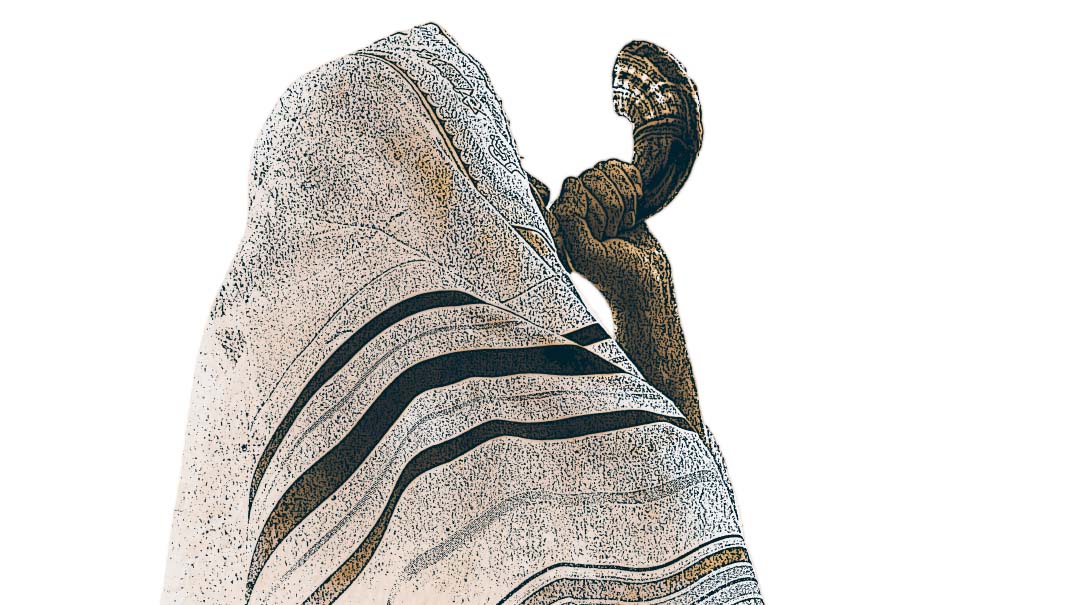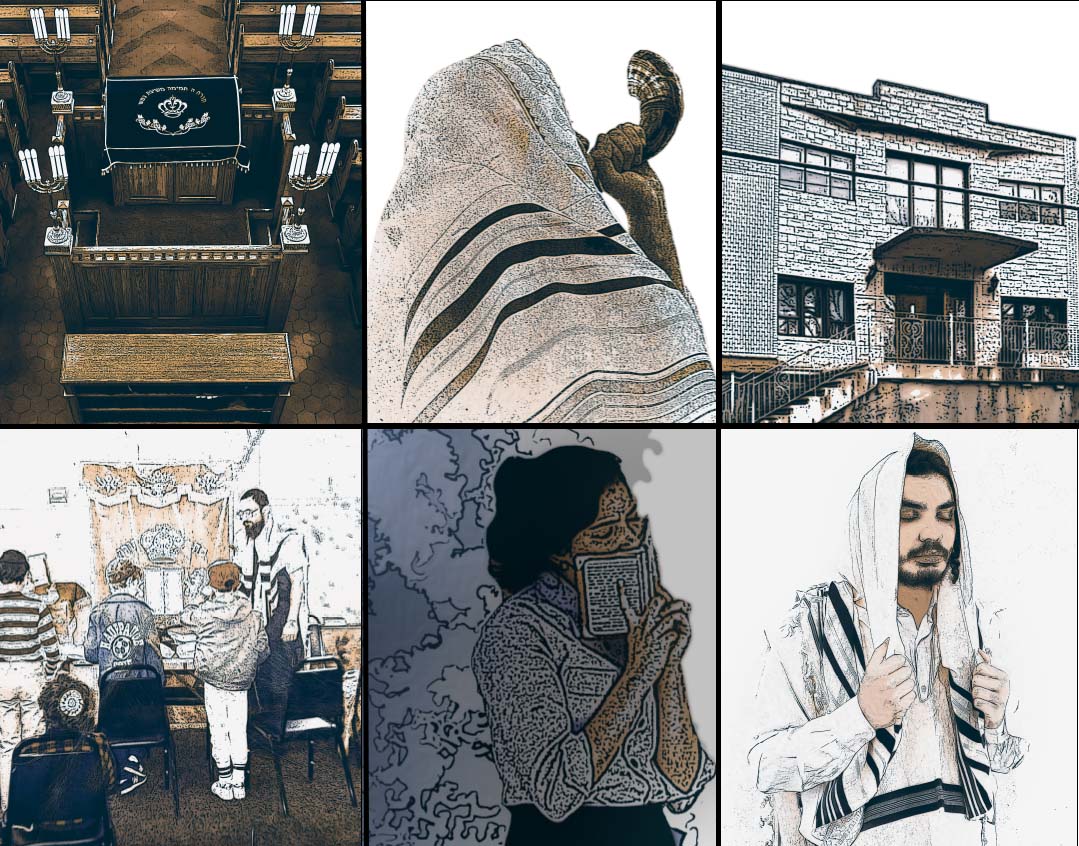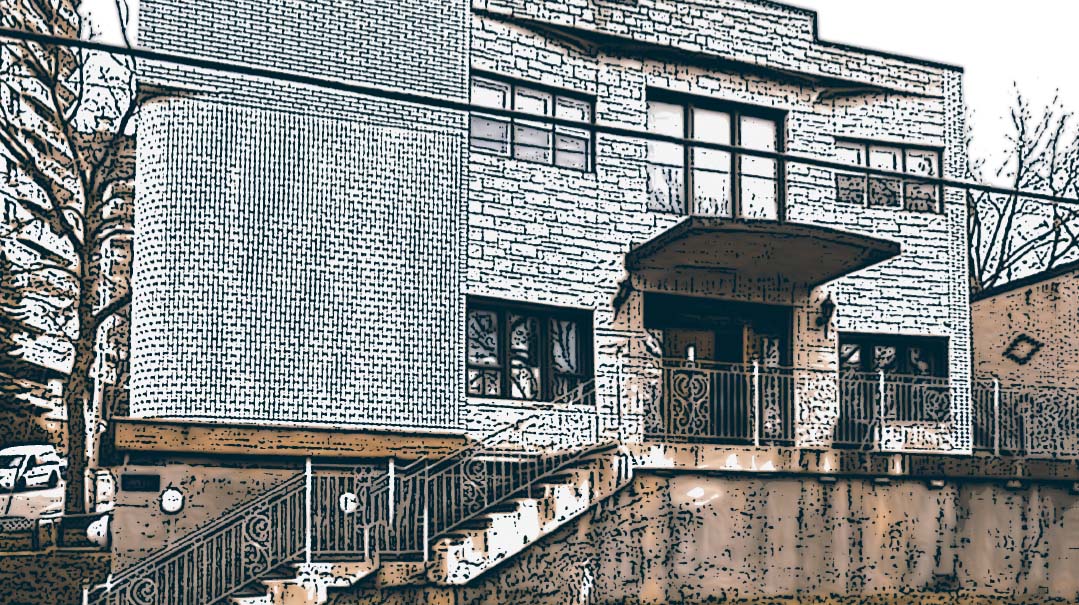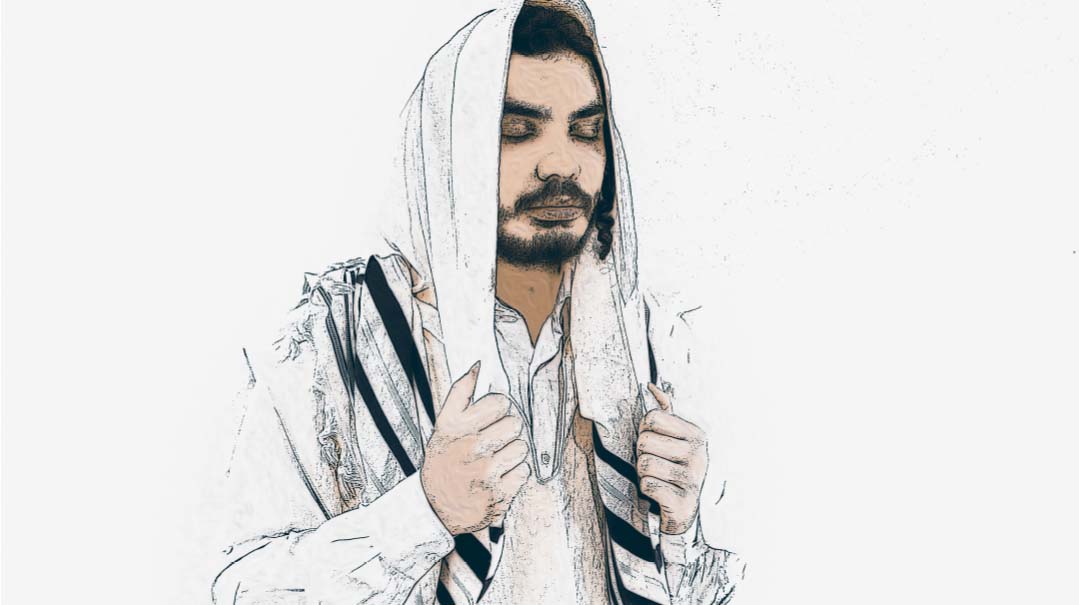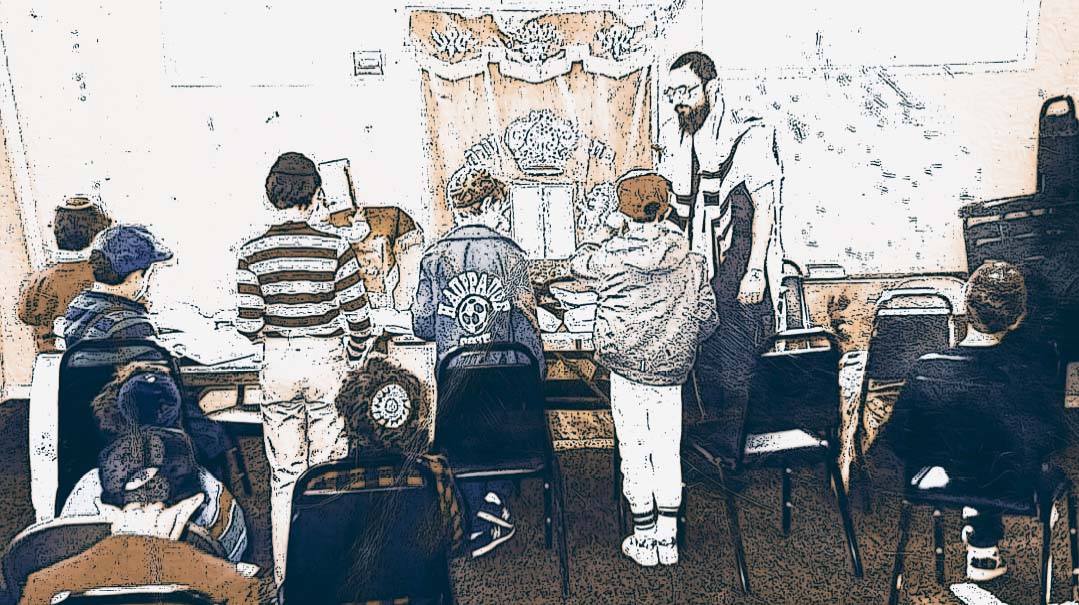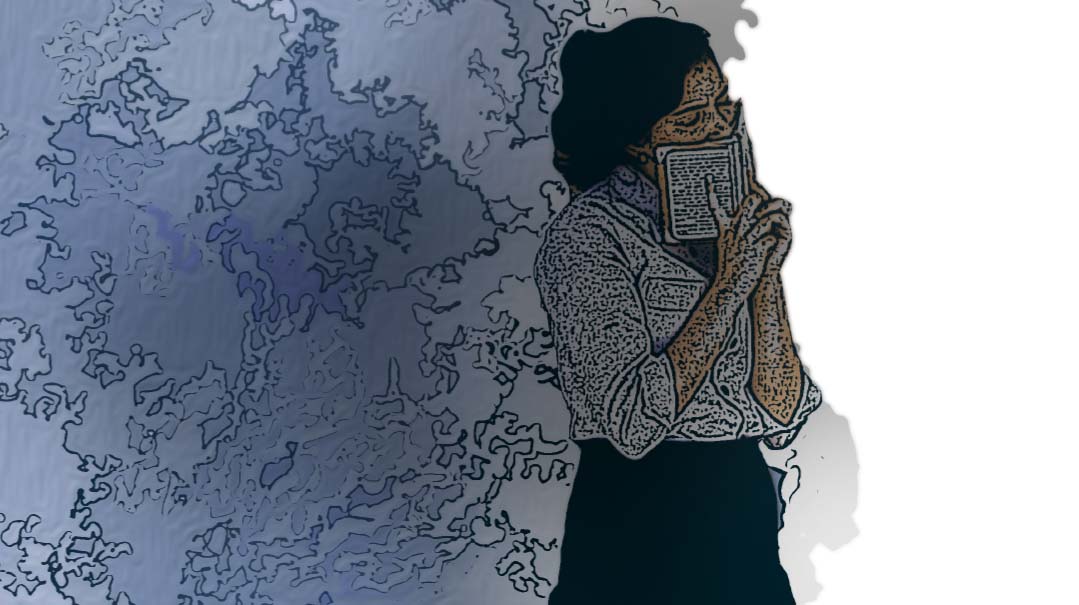Singing the Anthem

Avinu Malkeinu swelling from hundreds of scarcely observant Jews remains my defining Rosh Hashanah–Yom Kippur experience
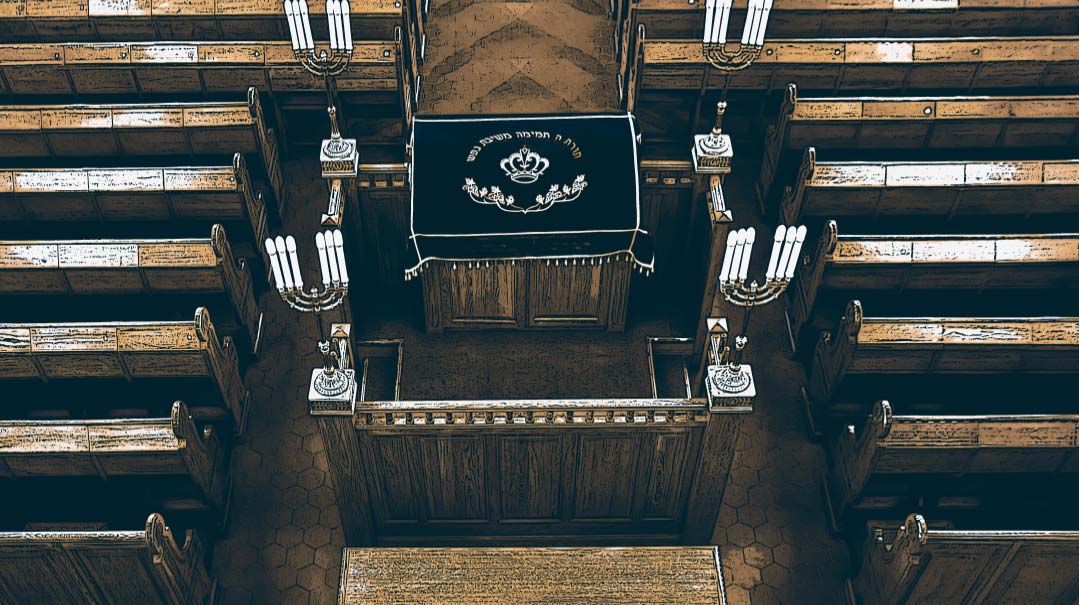
Whitefield Hebrew Congregation
Manchester, United Kingdom
Gedalia Guttentag
Gateshead’s nusach, Mir’s intensity, Yigal Calek tunes — the fiber of my Yamim Noraim is woven from many different influences. But to this day, it’s not the thunder of a yeshivah or a great baal tefillah that evokes the most visceral connection to the awe of these days.
Instead, the memory of Avinu Malkeinu swelling from hundreds of scarcely observant Jews remains my defining Rosh Hashanah–Yom Kippur experience.
As son of the rabbi, I called my childhood shul in Whitefield, Manchester, home. It was where I read Olomeinu during Kabbalas Shabbos and played cricket in the simchah hall. Shul meant being on first-name terms with Frank and Jack, the caretakers, mixing up the Kohanim’s shoes on Yom Tov, and parading around in the top hats left over from a more formal era.
Like every home, it had more and less frequent guests. To the regulars, we children related as quasi-family. I had Uncles Graham, Robert, Julian, and Michael plus Aunties Rowena, Glenda, Pam, and Barbara. Naturally, the chazzan, Mendel Feingold, was simply “Uncle Mendel” to me. Legend had it that he was hired one day after singing under the floorboards of one of the shul’s machers, where he was plying his early trade as a plumber.
Against a background of blue upholstered pews, under a massive crystal chandelier, and arrayed in cantorial garb of gown, hat, and white ruff, Uncle Mendel looked majestic. With a voice like liquid gold — warm and clear — the effect of his notes ringing off the vaulted roof and mingling with the light that streamed through the stained-glass windows was magical. When Uncle Mendel retired to the Mediterranean’s azure shores in Netanya, Chazzan Yossi Muller’s sweetness and power, against the background of a choir, was the next layer in my shul memory.
Oops! We could not locate your form.

